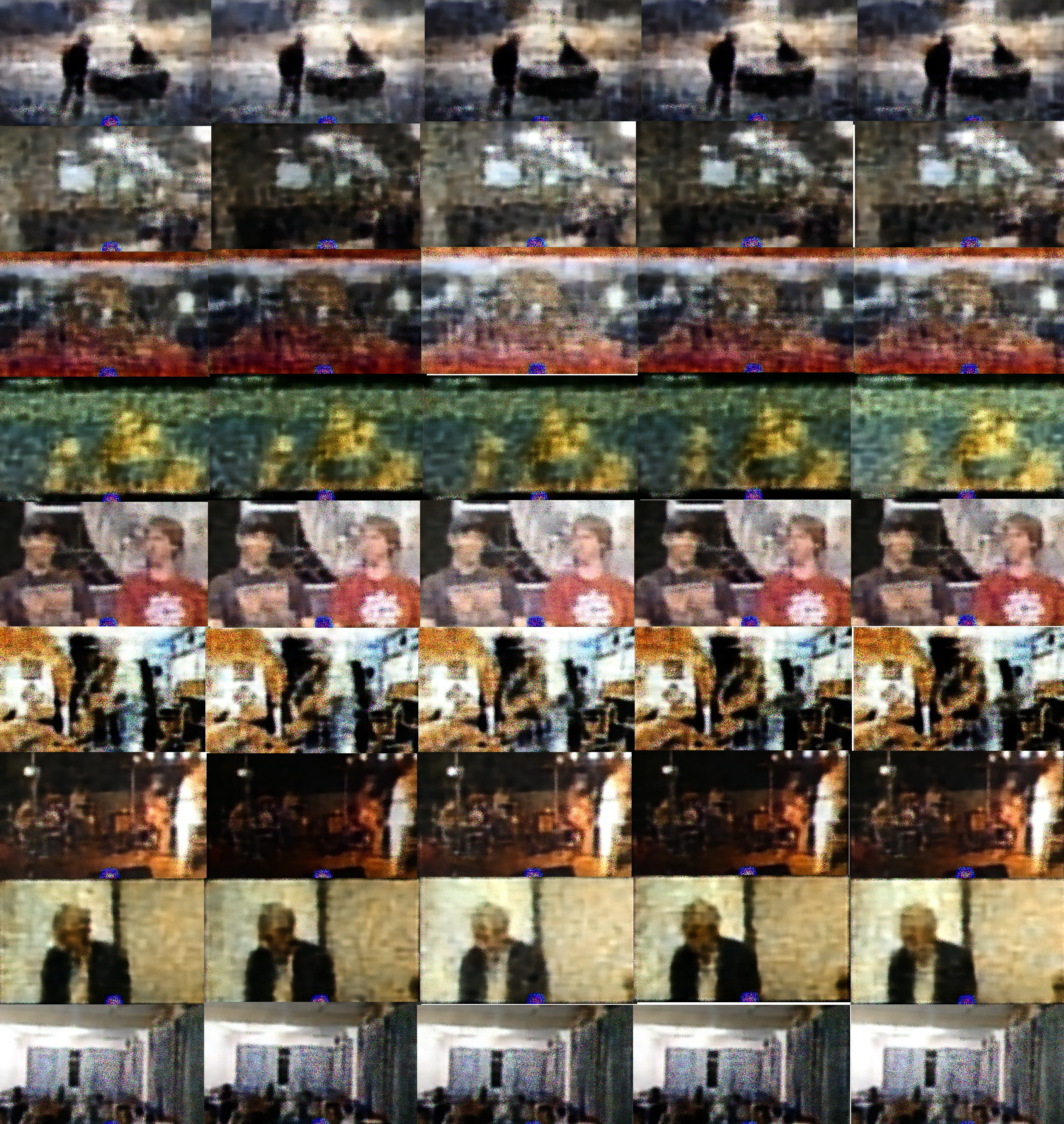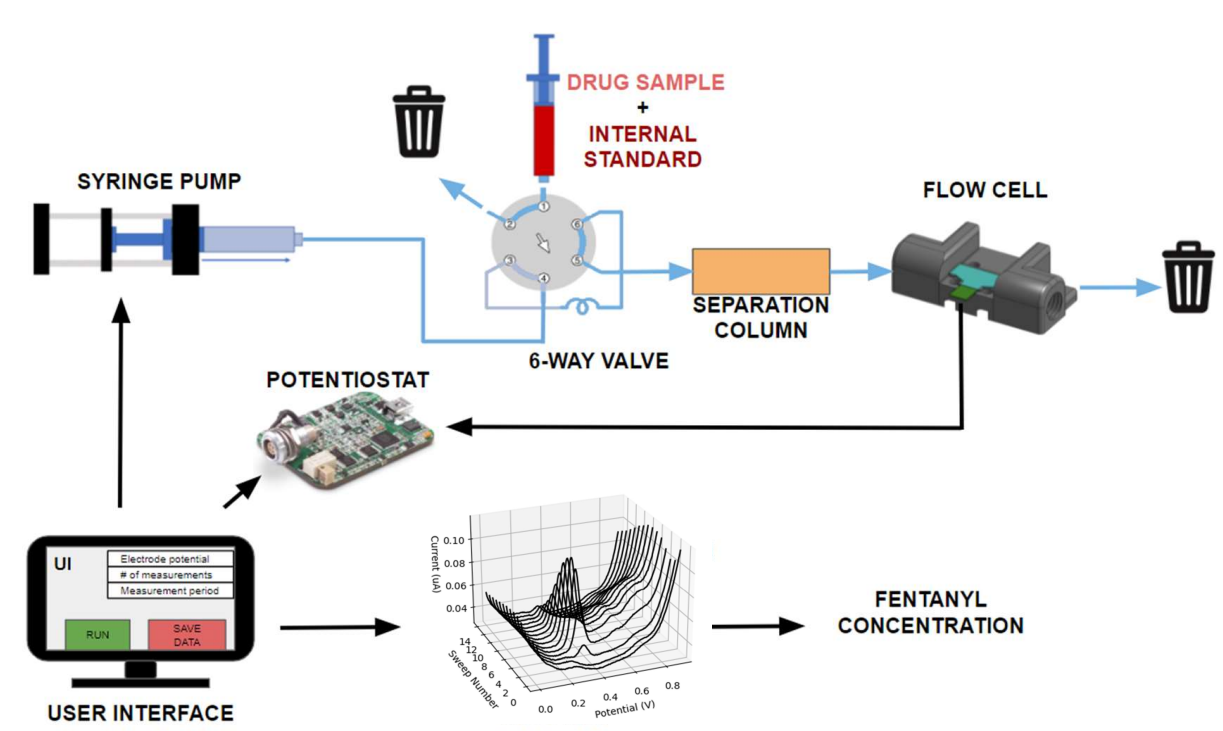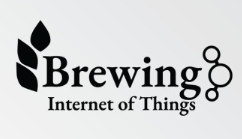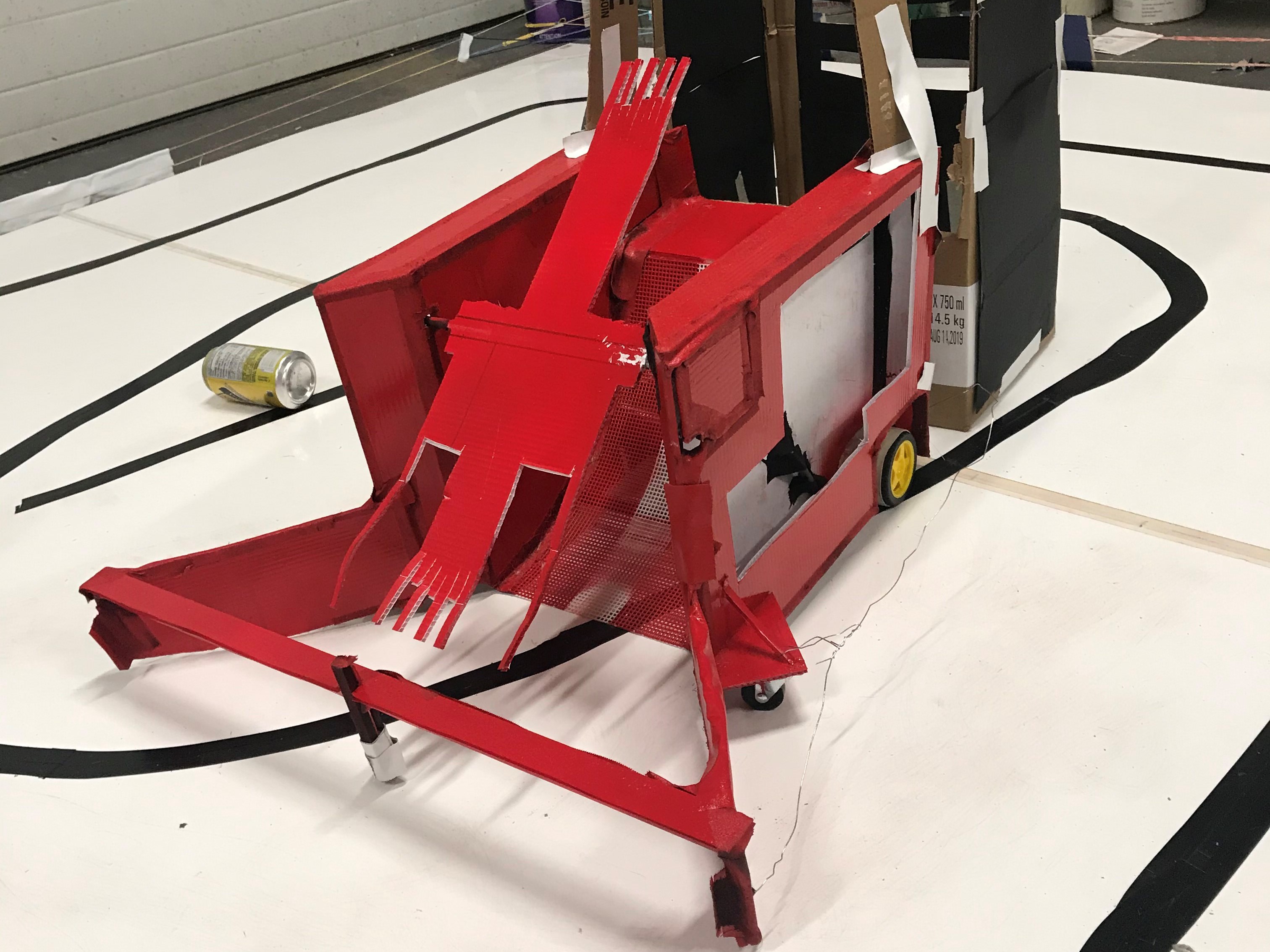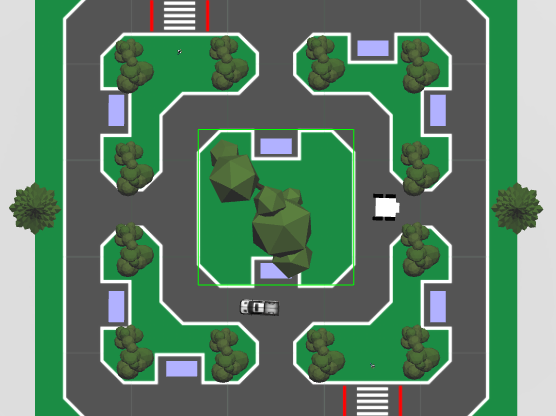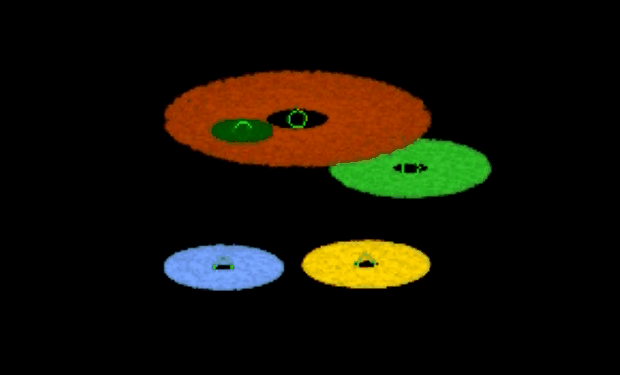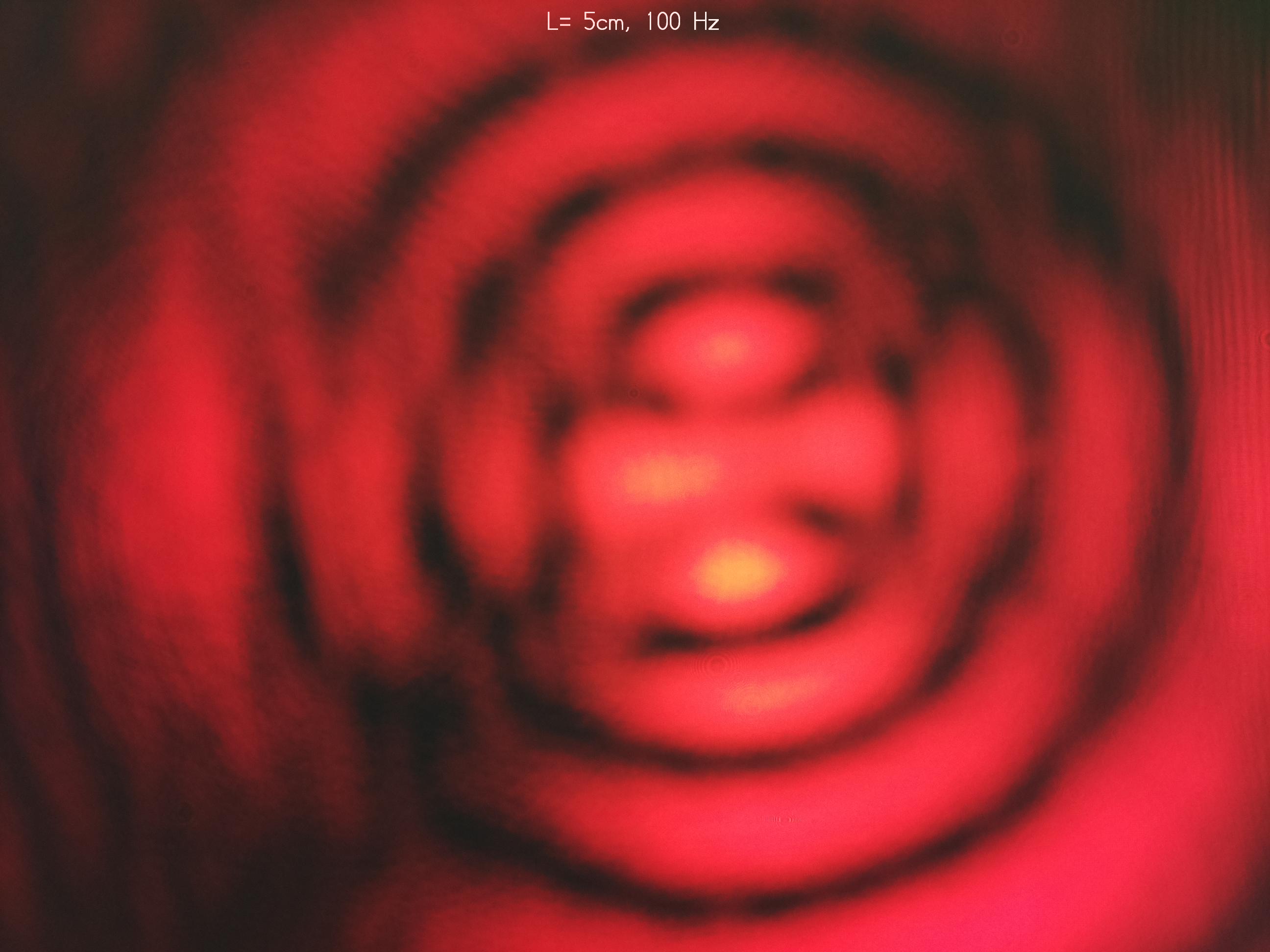Recent Projects
Latent Video Diffusion
An open source model that generates video through a two-stage architecture consisting of a variational autoencoder
and diffusion transformer, supporting a 500x312 resolution at various video lengths.
Achieved 500x training speed improvement by implementing data preprocessing and parallelization.
Fine tuned hyperparameters to improve generated video quality and prove model scalability.
The image on the left showcases some generated image to video samples. Next step is text to video!
Link to repo
Portable Fentanyl Quantification Device
Integrated a proven three-stage process of chromatography, voltammetry, and computational analysis to produce precise readings of fentanyl and other drug concentrations. Capable of detecting 100x below the lethal dose of fentanyl.
Designed and validated a 50μL electrochemical flow cell to ensure accurate results. Prioritized a portable design with
a GUI to allow ease of transport and increase investor interest in the product
Link to report
Brewing IOT
Designed device to automate lab equipment to test ultrasonic effects on fermentation processes.
Rebuilt PostgreSQL database and incorporated brewing sensors to remotely track brewing parameters.
Autonomous Recycle-bot, Engineering Physics Robot Competition
Placed 1st in annual robot competition. Involved building an autonomous STM32 based micro-controller recycle-bot from scratch with hobbyist electronics, simple materials, and a whole lot of hockey tape.
Link to project
Battle Bot Project Kit
Designed a fun battle bot project kit. The total cost was around $20 and was built with laser cut MDF, modular C++ interface, and hobbyist electronics. The robots had attachment points for servos, sonars, light sensors, and 3D printed parts to make it as custom as possible.
Machine Learning License Plate Detector Robot
Combined computer vision and a CNN to accurately identify license plate characters from a simulated race course.
Driving was controlled by a reinforcement learning model. Drove 35% faster than its competitors.
Particle Simulations
I have been making some simulations for fun. The one on the main page is based on a cellular automata called particle life. In the about section, I coded a shader with Perlin noise domain warping. The gif you are seeing right now is an extension on a class project studying galactic collisions. I made it 3D, more efficient, and with more galaxies.
Optical Cavity Analysis
Studied an optical cavity which is a device that traps light from a HeNE laser between two mirrors. The highly reflective mirrors allowed for long photon survivability inside the cavity. Due to light interference specific transverse modes were able to survive resulting in the patterns seen above.
